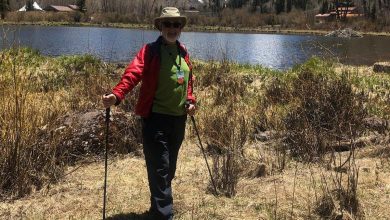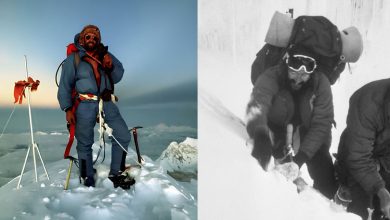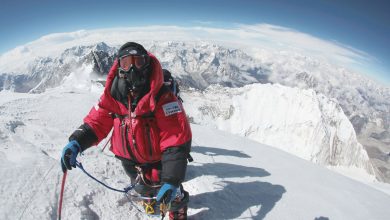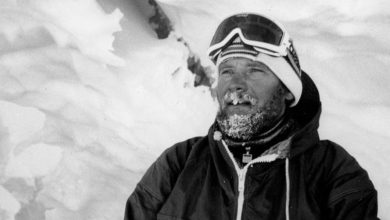Norman Dyhrenfurth: Leader Of The First US Expedition In 1963
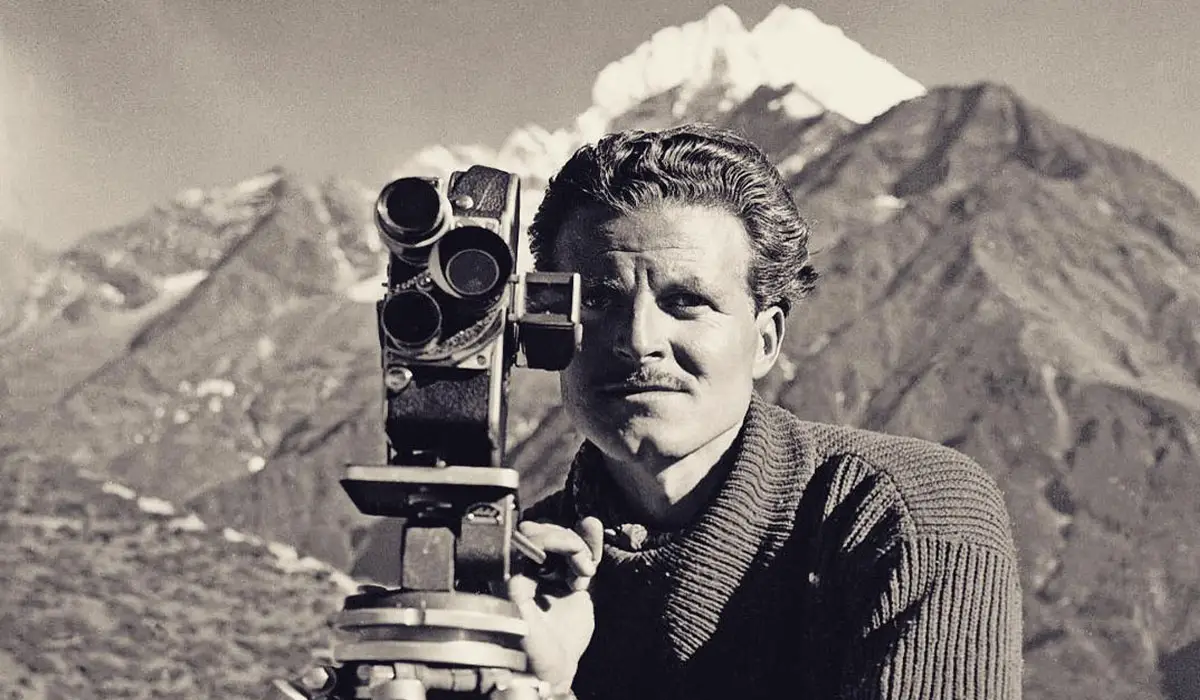
Mount Everest is the tallest mountain on Earth, and it represents human determination and ambition. Climbing Mount Everest is one of the highest honors in the mountaineering community as Everest is really prestigious. Situated at a staggering height of 8848 meters, its prestige of being one of the toughest mountain peaks to climb still remains in today’s day and age as well.
One of those brave mountaineers who decided to take the challenge of extremely challenging Mount Everest was Norman Dyhrenfurth. Norman Dyhrenfurth was a famous mountaineer who led the first successful U.S. expedition to Everest in 1963. His team, under his leadership, was able to create a history that people still talk about decades later.
Early Life Of Norman G. Dyhrenfurth
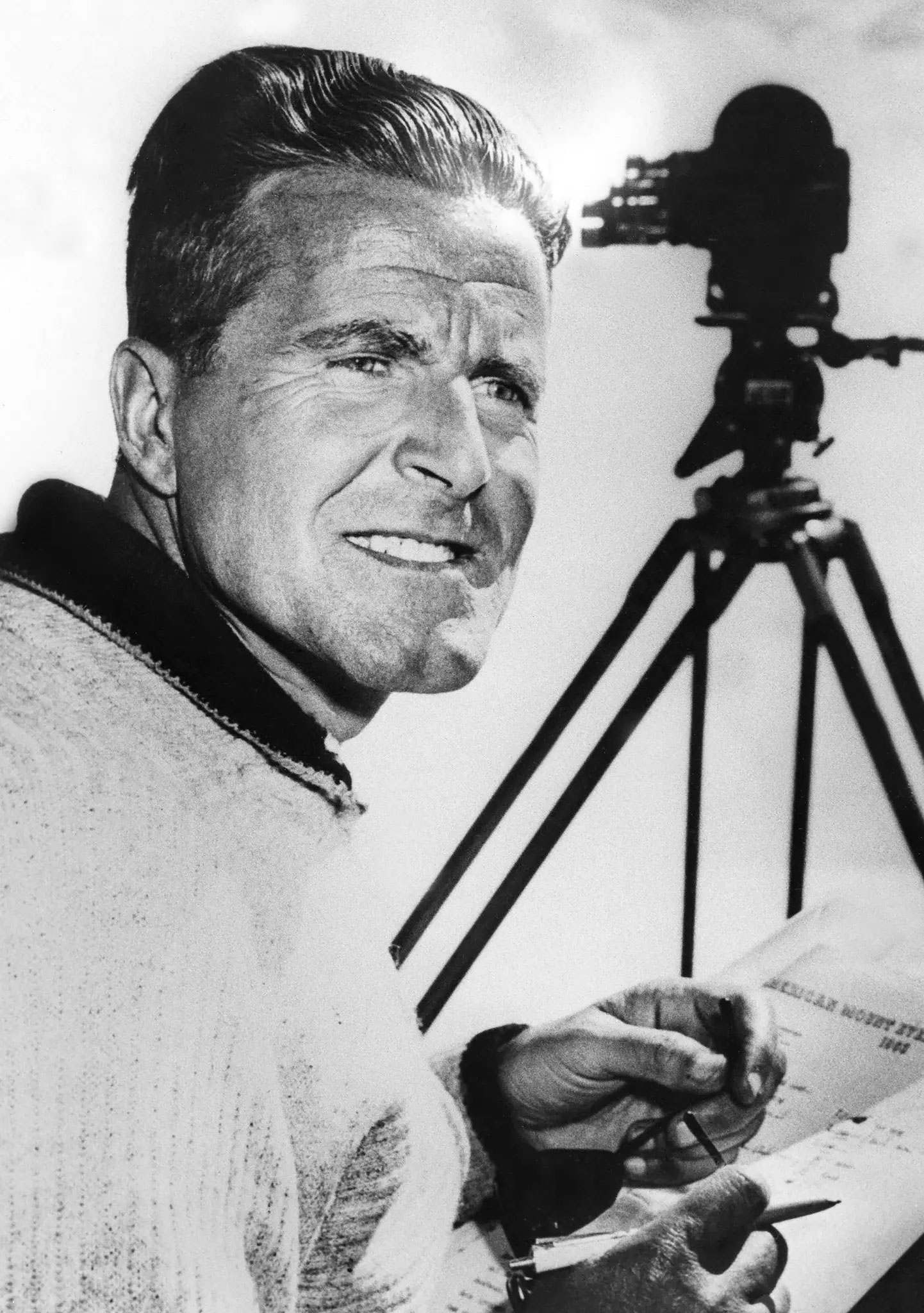
Norman Dyhrenfurth was born on May 7, 1918, in Breslau, Germany (which is now called Wrocław, Poland). His dad, Gunter Oskar Dyhrenfurth, was a well-known filmmaker, and his mom’s name was Hettie Dyhrenfurth.
Norman grew up in a family that loved movies, and this made him really appreciate art, storytelling, and visual aspects of cinematography.
Norman Dyhrenfurth grew up with a strong passion for adventure and exploration, which was likely influenced by his father’s career in the film industry.
Half of Dyhrenfurth’s mother’s ancestry was Jewish. After the Nazis rose to power, his family emigrated, first to Austria in 1933, and then two years later to Switzerland, where they were granted citizenship.
In 1936, Dyhrenfurth’s parents were awarded a gold medal for mountaineering at the 1936 Summer Olympics in Berlin.
When Norman Dyhrenfurth was young, he went to schools in Germany and California. His family moved to the United States. He continued his studies at the University of California, Los Angeles (UCLA) and learned about geography, geology, and cinematography.
His father frequently worked on movies that told stories of travel and discovery, exposing Norman to the art of visual storytelling that would later become an essential element of his own mountaineering expeditions.
While he was studying at UCLA, Norman Dyhrenfurth became really interested in outdoor activities and climbing mountains. He really loved exploring the outdoors and started getting better at climbing, often going to nearby mountains.
These experiences ultimately helped him develop a strong passion for climbing and exploration, which led to him joining different expeditions, including the 1963 U.S. Everest expedition.
Start of the Mountaineering Career
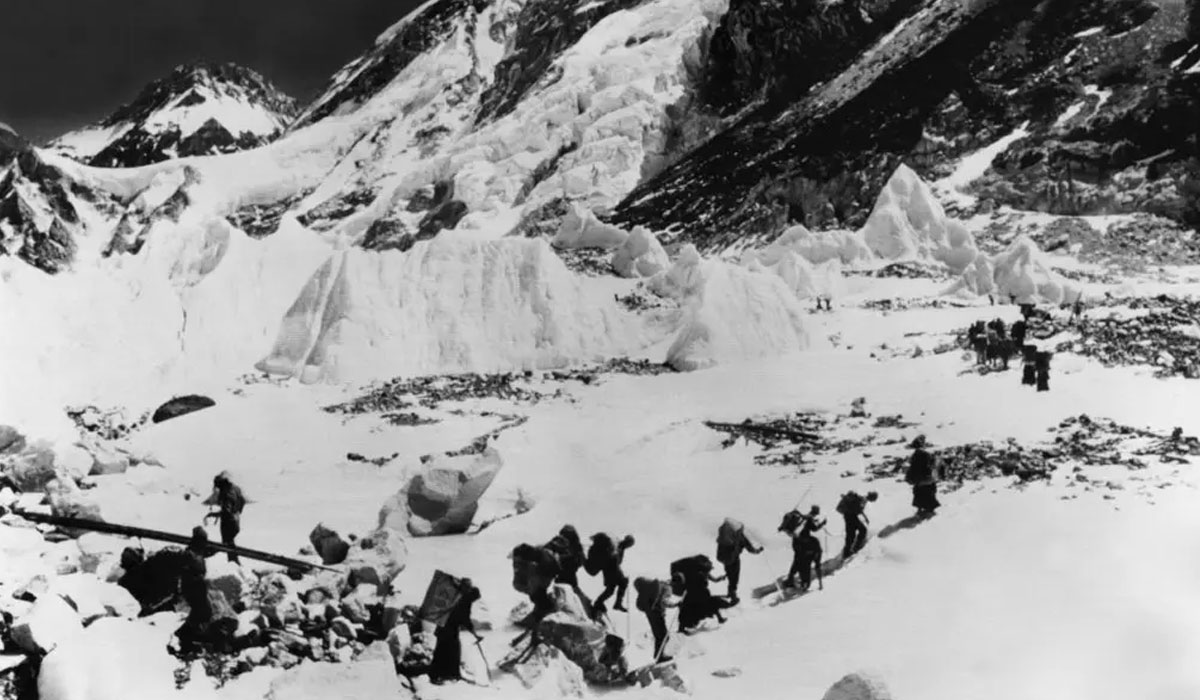
Norman Dyhrenfurth loved exploring and climbing mountains since he was young. When he moved to the United States with his family, he continued to enjoy mountaineering and explored the different mountain ranges in California.
During his time at the University of California, Los Angeles (UCLA), Norman Dyhrenfurth started going on outdoor adventures and climbing. He got better at climbing and started to really love the mountains after exploring the Sierra Nevada and nearby mountain ranges.
He wanted to climb many mountains, starting with easy ones and then moving on to more difficult ones. To get used to high-altitude climbing, he climbed Mount Whitney, which is the highest peak in the entire lower region of the United States.
As Dyhrenfurth got better at climbing and enjoyed it more, he wanted to climb bigger and harder mountains. He started to look for more challenging peaks to climb.
As time passed by, he began to climb in the Alps and the Andes, which helped him learn more and get better at climbing different kinds of mountains.
Interest in Filmmaking
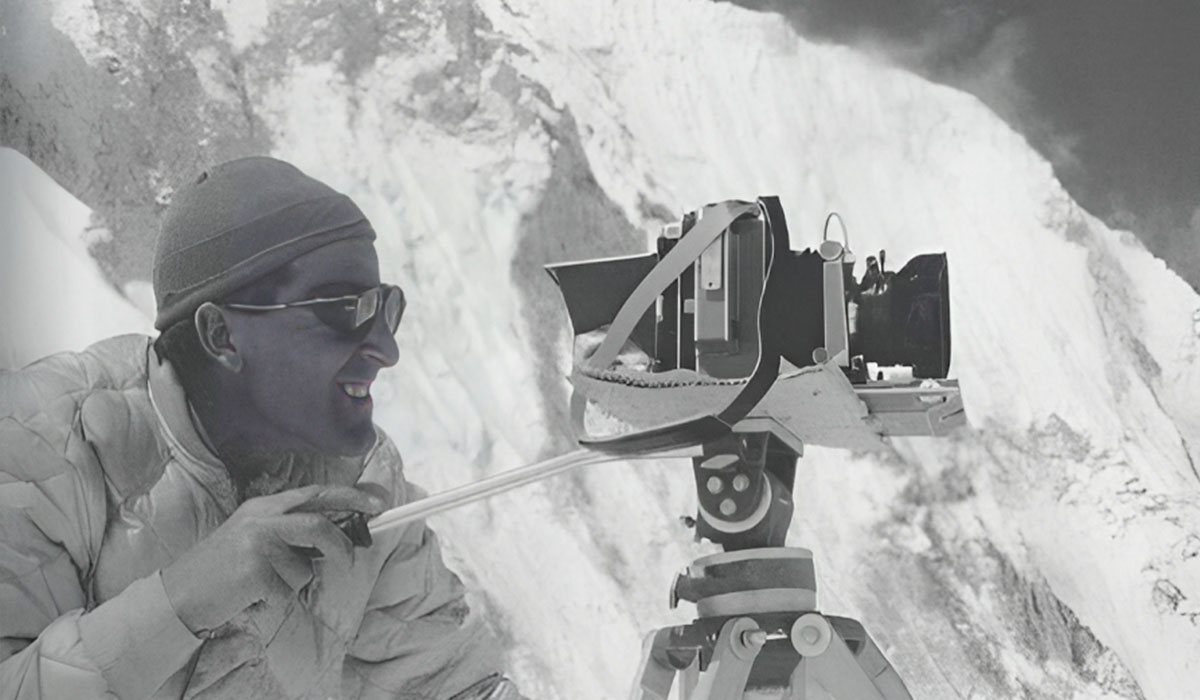
Dyhrenfurth attended Officers Candidate School during World War II. He was assigned by the Army to shoot training films, but he also took part in the 1943 invasion of Kiska Island with the 87th Mountain Infantry.
After the war, he became a dual Swiss-American citizen and started making documentary films. He later founded UCLA’s film school but left the position in 1952 to work as a cameraman for an unsuccessful Swiss attempt on Mt. Everest.
In 1953-54, he received a Fulbright scholarship in Italy, and in 1956 he accompanied a successful Swiss expedition to Mt. Everest.
He played a role in the production of the documentary movie “The Challenge of Everest” (1953), which revolved around the Swiss expedition of 1952. This film not only helped popularize mountaineering but also gave invaluable insights into the challenges and successes of climbing Everest.
“The Dark Glow of the Mountains” is also a documentary film directed by Dyhrenfurth in 1984. The film narrates the story of a young man and a former mountain climber, examining the attraction and the risks of mountaineering. It dives into the psychological aspects of this sport and how it affects people.
A movie called “The Man Who Skied Down Everest” was released in 1975. Even though Dyhrenfurth didn’t make the movie, it is important to know that he led the 1970 Japanese Everest Ski Expedition. That’s when Yuichiro Miura became the first person to ski down Everest. The movie shows how amazing the whole journey was and how brave Miura was.
Afterward, Dyhrenfurth managed the film department of General Dynamics in San Diego. He also advised Hollywood films about climbing, such as The Eiger Sanction (1975) and Five Days One Summer (1982).
1963 US Everest Expedition
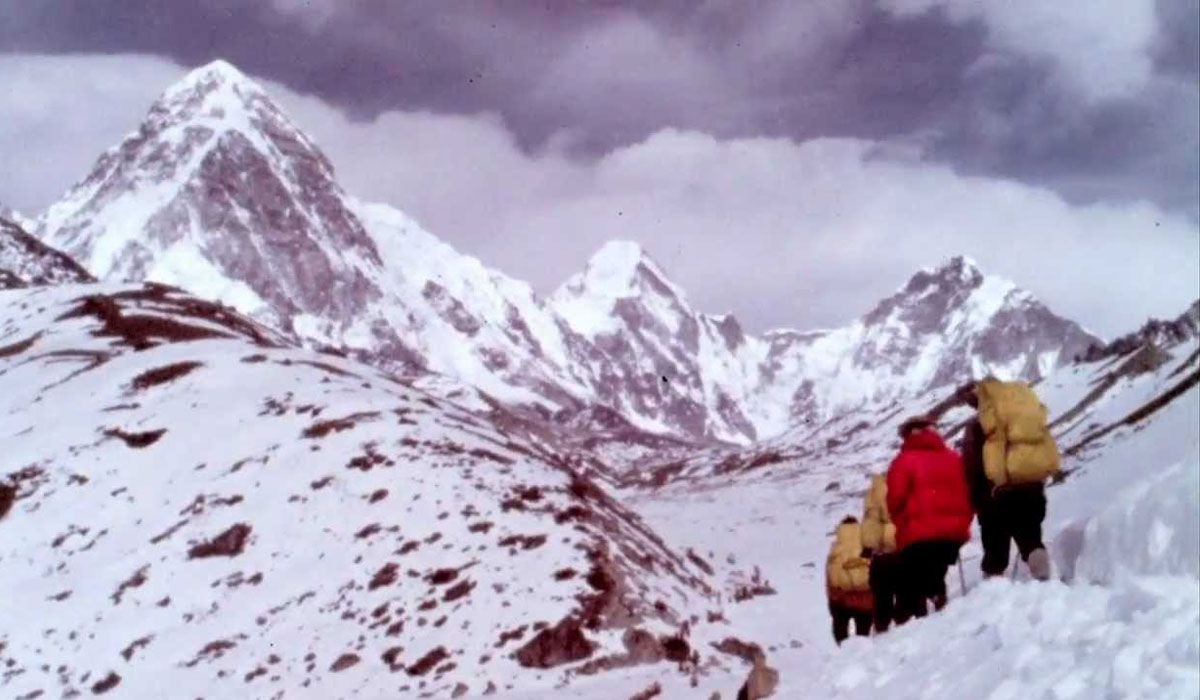
In 1963, a group led by Norman Dyhrenfurth went to climb Mount Everest in the United States.
The group was planning to start their journey towards Mount Everest in Nepal in the spring of 1963. They all met at the mountain’s base camp, located on the southern side of the Himalayas.
The team had climbers, Sherpas, scientists, and support staff. Norman chose people with different skills to make sure they could reach the top. Some of the most important members of the group were:
Jim Whittaker: He was the first American to climb Mount Everest on May 1, 1963. It was a very important moment for the team and for the United States.
Jake Breitenbach: The member of the team passed away due to an icefall accident while climbing, which showed how dangerous the expedition was.
Barry C. Bishop: A valuable team member, he contributed to scientific research and later became an esteemed executive at the National Geographic Society.
Lute Jerstad: He played a big role in the expedition by being an excellent climber, and later, he became a skilled engineer too.
Willi Unsoeld: He played an important part in the expedition and went on to climb other mountains successfully. In 1963, he helped to climb Everest using a new route.
Tom Hornbein: He was famous for climbing up and crossing Everest during the expedition.
Gyalzen Norbu (Sherpa): He was the Sherpa guide of the team. A Sherpa guide is a very important part of the team. They know a lot about the mountain and can help with navigating it. They also provide valuable support.
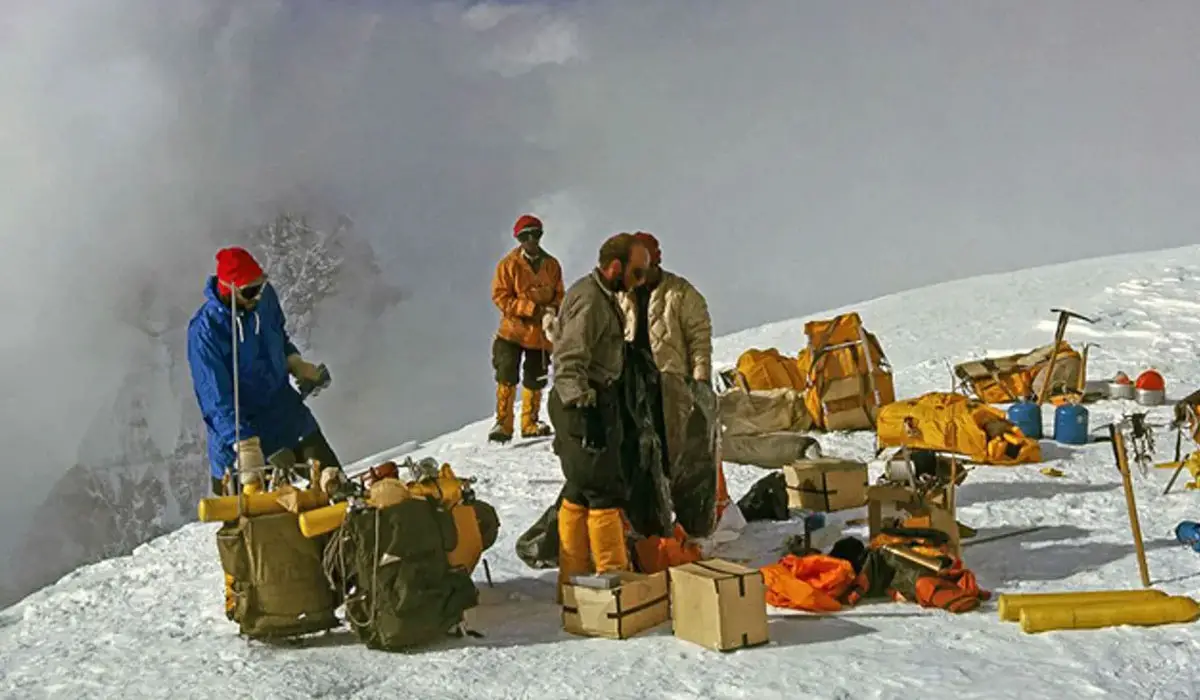
The 1963 expedition had a big and various plan. They wanted to reach the top of the mountain and also do scientific research.
They wanted to see how high altitude affects the body, study the weather, and look at what the mountain is made of. They expected to learn more about how people can handle tough conditions and provide helpful information for different studies.
To climb the mountain safely, the team planned their expedition in stages. They climbed up and down so many times and set up camps at different heights to help their bodies adjust to the high altitude. They did this so that they could climb to the top of the mountain without getting sick from the lack of oxygen (to prevent altitude sickness).
On May 22, Unsoeld and Hornbein climbed up the West Ridge and came down using the South Col, becoming the first to go across Everest. That same day, Bishop and Jerstad also reached the summit by taking the South Col route.
The two groups of climbers met high up on the mountain and descended together as night fell. They ended up spending the night on the mountain without sleeping bags, tents, or extra oxygen from midnight until 4:00 a.m. Everyone survived, but Unsoeld and Bishop got frostbite, which led to the amputation of their toes.
The team faced many challenges like bad weather, tough terrain, and problems with organization.
Sadly, early on in the climb, they lost a team member named Jake Breitenbach in an accident caused by falling ice.
On May 1, 1963, Jim Whittaker became the first American to climb to the top of Mount Everest. This was a really big deal because nobody from the United States had done it before.
Role of Norman Dyhrenfurth in the 1963 Everest Expedition
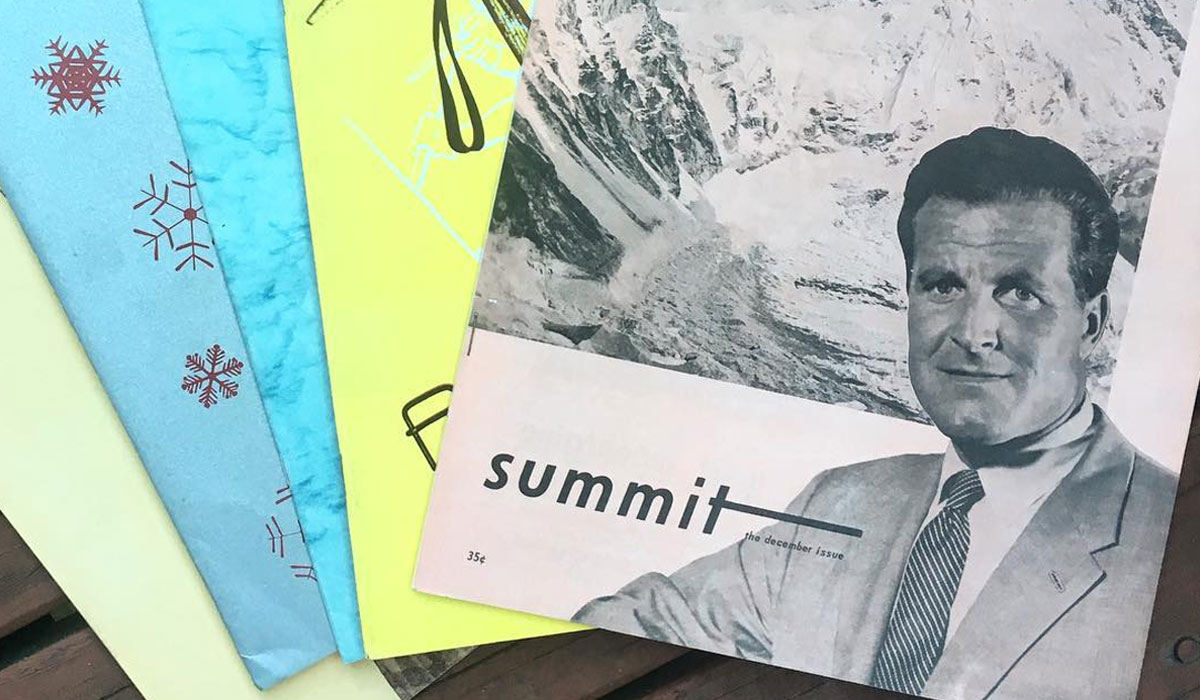
Norman Dyhrenfurth played a crucial role as the leader of the 1963 American Mount Everest Expedition. His leadership was marked by careful planning, strategic decision-making, and the assembly of a diverse and capable team of climbers.
Dyhrenfurth had several responsibilities such as overseeing logistics, route planning, and managing the expedition’s base camps. His ability to adapt to the unpredictable challenges of the Himalayas and maintain team morale was fundamental to the success of the expedition.
Dyhrenfurth’s leadership style during the expedition was democratic and team-oriented. When the team faced a tragedy, he called a meeting and allowed everyone to speak. After discussing the situation, the team made a collective decision to continue and remain unified.
Dyhrenfurth’s leadership style was focused on reaching a consensus, and he was highly valued by those who studied the expedition. He was considered a crucial asset to the team.
Under his guidance only, the team reached the summit of Mount Everest on May 1, 1963, which was a significant milestone in mountaineering history. It shows how great a leader he was that his team succeeded in creating the history that they intended.
Dyhrenfurth was widely acclaimed for his exceptional leadership skills.
Receiving Prestigious Awards

On July 8, 1963, President John F. Kennedy awarded the National Geographic Society’s Hubbard Medal to Dyhrenfurth during a ceremony at the White House flower garden. The surviving members of the expedition were also present. Kennedy expressed his pride by telling Dyhrenfurth that “we followed your actions with the greatest pride.”
In 1974, Dyhrenfurth was honored with the Golden Plate Award by the American Academy of Achievement. The award was presented by Lowell Thomas, a member of the Awards Council at a ceremony held in Salt Lake City.
In 1988, Dyhrenfurth was awarded with the Tenzing Norgay Award, which is given by The Explorers Club.
You may also like:
- George Lowe: Last Surviving Member Of the 1953 Everest Expedition
- Achille Compagnoni & Lino Lacedelli: First Italian Expeditioner To K2 In 1954
- Jerzy Kukuczka: Death Of Second 14 Peaks Conqueror On Lhotse
- Ed Viesturs: First American Climber To Ascend All 14 Peaks
Who was Norman Dyhrenfurth’s spouse?
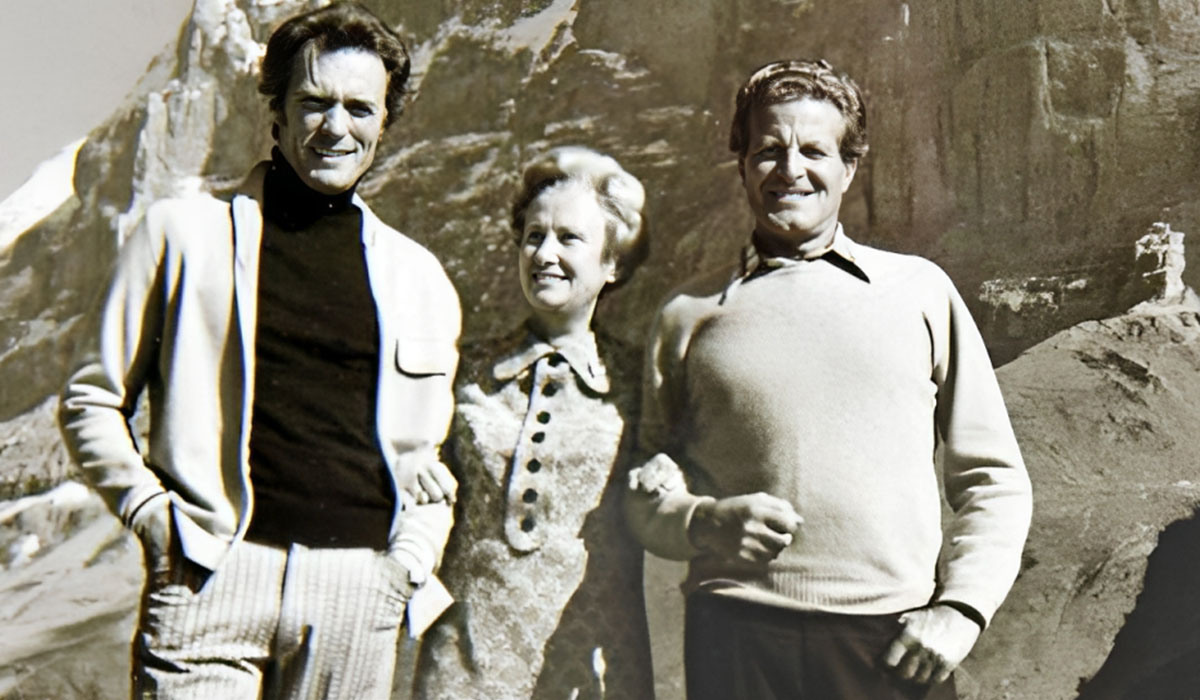
Norman Dyhrenfurth and Erika Dyhrenfurth were married and they lived a life full of adventure, exploration, and challenges due to Norman’s career in mountaineering and filmmaking. Their partnership was strong and enduring.
Norman Dyhrenfurth’s Death
Norman Dyhrenfurth, 99, Dies; Led First U.S. Team to Reach Top of Everest https://t.co/nxW5wOwzw1 pic.twitter.com/JoEFVBArut
— Sport Rated (@sportrated) September 27, 2017
Norman passed away on September 24, 2017, at the age of 99. He died after living an extraordinary life of pioneering accomplishments in mountain climbing and adventure.
Norman Dyhrenfurth was a great leader who helped his team achieve something really important. Together, they made a big impact on the history of mountain climbing. Their journey is still a hot topic amongst the huge community of mountaineers across the world. Their milestones will always be appreciated by mountain lovers and climbers across the world.
